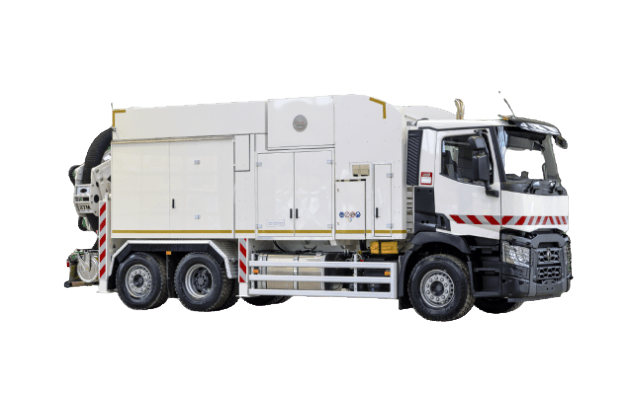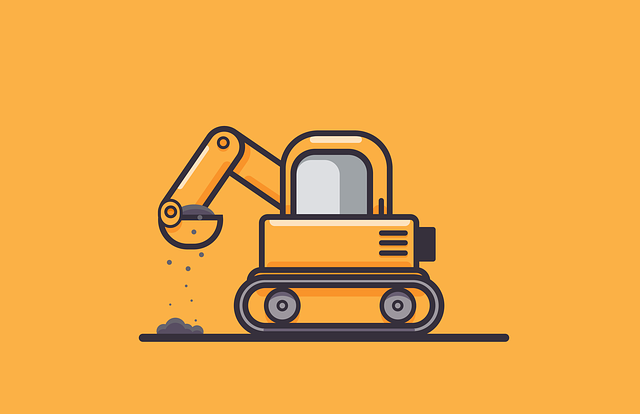Excavators are machines that are designed for digging or moving soil. Many types of excavators are used in the earthmoving industry and differ in size, mobility range, and capacity to dig and lift. A 13-HP mini excavator, for example, may have a weight short of 1000 kilograms, while the largest excavator holds a record-breaking 980,000 kilograms and has 4500 HP.
7 Types of Excavators & Their Applications
When your company plans on purchasing or renting a piece of earth-moving equipment, you must consider the type of excavator for hire you are going to choose. You have to understand the different types of excavators and what projects they are best suited for. So, here are the different types of excavators to choose from.
1. Crawler Excavator

Also known as the standard excavator, this equipment moves using tracks instead of four wheels. This excavator’s tank-like movement makes it ideal for earth moving projects on steep, muddy, or uneven terrain. However, the crawler excavator moves slower than its wheeled counterparts.
2. Wheeled Excavator

Wheeled excavators function similarly to their crawler counterparts in terms of digging and moving earth. However, because it moves using wheels, this excavator cannot be used in soft muddy soil or rugged terrain. Wheeled types of excavators are ideal for use on flat concrete or asphalt surfaces where it can easily maneuver.
3. Suction Excavators

Also known as vacuum excavators, this type of excavator does away with the traditional arm and bucket. Instead, it uses a 30-cm pipe used to suction up soil and debris at speeds of more than 300 kilometres per hour. Suction types of excavators are used for the precise removal of debris from tunnels to avoid any further damages.
4. Long Reach Excavators

As its name implies, long reach excavators have long arms and booms that can reach 30 meters. This type of excavator is used for areas where the debris being moved is located in an unsafe or unstable surface such as a lake or river.
Long reach excavators are ideal to be used in lake dredging or debris removal from a demolition site. However, the only disadvantage of long reach excavators is that they need a wide area to work with and cannot excavate in tight spaces.
5. Hydraulic Shovels

Imagine a crawler excavator on steroids. That is what a hydraulic shovel will look like. Also called power shovels, hydraulic shovels are the most powerful of all excavator types.
They are used for mining projects where they can move large amounts of soil and minerals. However, hydraulic shovels cannot be used for ordinary ground moving projects since they are very large for most fieldwork projects.
6. Dragline Excavators

Dragline excavators are part of the large-sized excavators. However, instead of the regular arm and boom operation, this type of excavator uses a dragline and hoist rope system to lower and raise the bucket.
The advantage of a dragline excavator is that it can dig up to a depth of 65 meters. Projects such as harbor construction, surface mining, and under-water operations use a dragline excavator for hire.
7. Skid Steers
Skid steers belong to the mini-excavator models. This excavator is a wheeled excavator designed for non-major earth moving activities such as site clearing, and debris clearing. Skid steers are usually hired for projects in residential areas.

Knowing the different types of excavators available and their limitations will explain what type of excavator to hire for your next fieldwork project.








